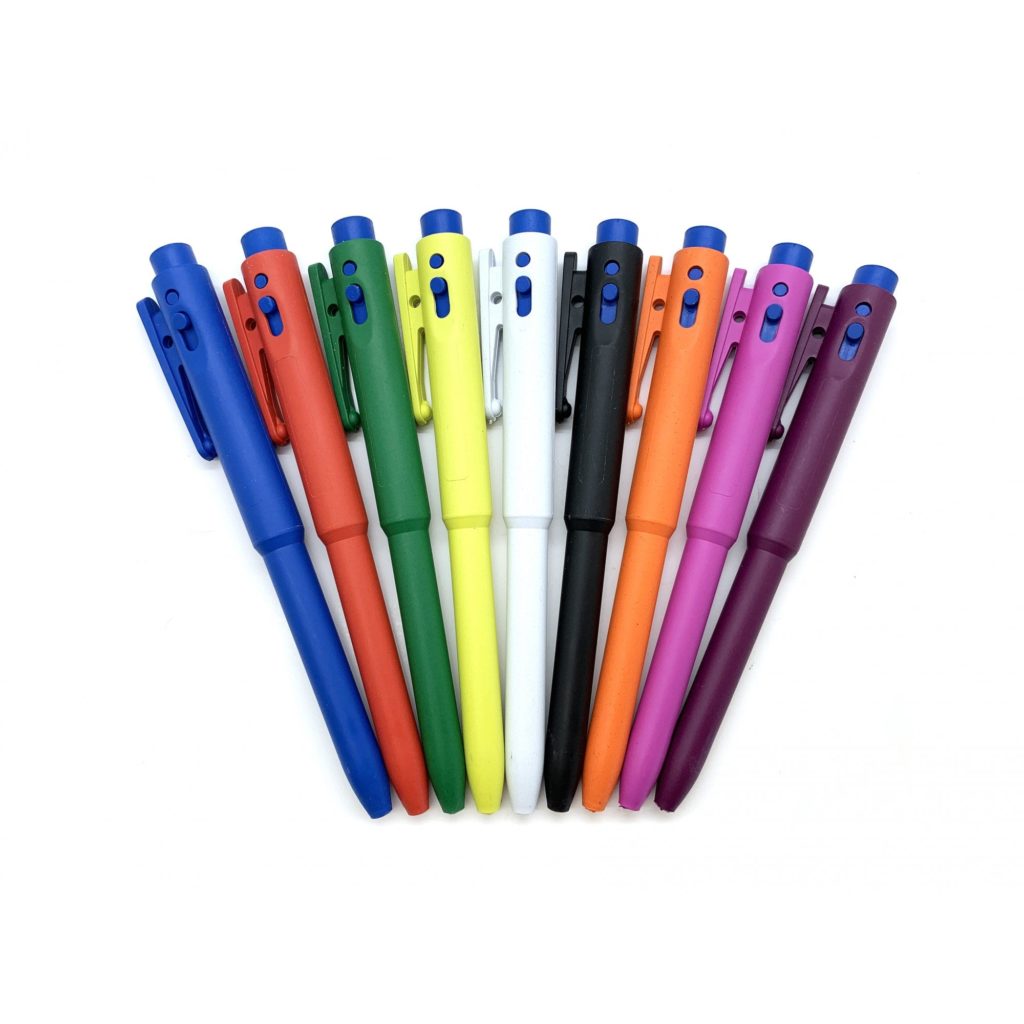All You Need to Know About Metal Detectable Pens
3 min read
Contamination of food products with foreign materials, including metal, is a severe issue that can cause harm to consumers and damage the reputation of food companies. Metal Detectable Pens are a crucial tool for food processing and packaging facilities. These food pens prevent contamination by using materials that are detectable by metal detectors commonly found in food processing and packaging facilities. These pens are durable and resistant to harsh environments and come in different ink colors to enable easy identification and labeling of food products. This article will cover everything you need to know about metal-detectable food pens.
What are metal-detectable food pens?
Metal-detectable food pens are specially designed for the food processing and packaging industry. These pens are made from materials, such as metals or metal alloys, that contain ferromagnetic elements that are detectable by metal detectors, which are used in food facilities to prevent metal contamination. If a pen is accidentally dropped into a food product during processing or packaging, the metal detector will detect the pen and prevent the contaminated food from being shipped.
These materials include stainless steel, brass, and aluminum. The pens are also made from plastics that contain detectable metals or metal alloys, such as nylon, polypropylene, and polyethylene.
Features of metal-detectable food pens
Several features make metal-detectable food pens ideal for use in the food processing and packaging industry. These features include:
- Detectable by metal detectors: The pens are made from materials that are detectable by metal detectors, which prevents contamination of food products.
- Durable and long-lasting: These pens are designed to withstand harsh food processing and packaging environments and can last for extended periods.
- Resistant to moisture and chemicals: The pens are resistant to water and chemicals, which ensures they do not break down or contaminate food products.
- Different ink colors: Metal-detectable food pens come in different ink colors, including blue, black, and red, which allows for easy identification and marking of food products.
Uses of metal-detectable food pens
Metal-detectable food pens are used in various ways in food processing and packaging. These include:
- Labeling food products: The pens mark food products with important information, such as product name, date of manufacture, and expiration date.
- Marking containers: The pens mark containers that hold food products with important information, such as the product name, lot number, and weight.
- Quality control: The pens are used for quality control, such as marking products that fail quality checks.
Benefits of metal-detectable food pens
Using metal-detectable food pens in food processing and packaging facilities has several benefits. These benefits include:
- Preventing metal contamination: The pens avoid metal contamination of food products, which ensures the products are safe for consumption.
- Compliance with food safety regulations: Using metal-detectable food pens helps food processing and packaging facilities comply with food safety regulations.
- Improving product identification: The pens make identifying and tracking food products more effortless, which helps improve inventory management.
- Reducing waste: Using metal-detectable food pens minimizes the risk of contamination and spoilage of food products, which reduces waste and improves cost-effectiveness.
Metal Detectable Pens are essential for food processing and packaging facilities. They are made from materials that are detectable by metal detectors, which prevents contamination of food products. Using these pens has several benefits, including preventing metal contamination, complying with food safety regulations, improving product identification, and reducing waste. If you are in the food processing and packaging industry, consider using these pens to enhance food safety and reduce waste.





